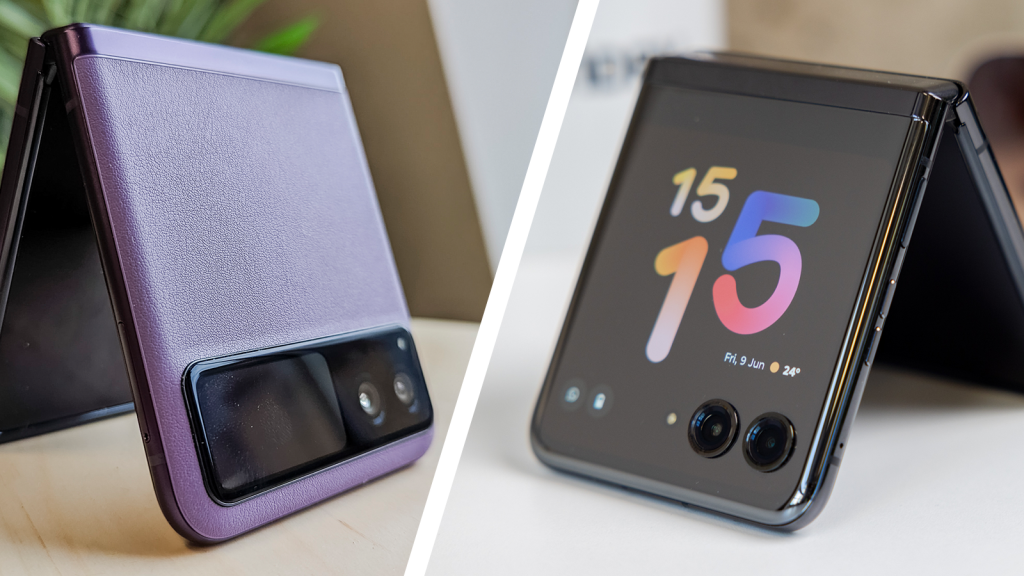Motorola’s poor software support could be on purpose

Motorola’s Software Update Woes: A Thorn in the Razr’s Side
Motorola’s latest Razr phones boast impressive hardware, reigniting the foldable phone revolution. However, a shadow looms over these sleek devices: a concerning lack of focus on software updates. This approach raises questions about Motorola’s commitment to long-term user experience and their ability to compete in the ever-evolving smartphone market.
Beyond Security: Updates Keep Your Phone Running Smoothly
Sure, timely security updates are essential to protect your phone from vulnerabilities. But software updates encompass much more. They act as performance boosters, addressing bugs and glitches that can hinder your daily phone use. Companies like Google have demonstrated the power of software optimization. Take the Pixel 6 series, for instance. Initial launch issues like overheating and battery drain were significantly addressed through software updates, ultimately saving the phone’s reputation.
Updates Justify the Premium Price Tag
Modern smartphones, especially high-end models like the Razr+, are no longer impulse purchases. They represent a significant investment for most users. With that investment comes an expectation of value retention. Software updates play a crucial role here. By maintaining optimal performance, fixing issues, and introducing new features, updates ensure your phone stays functional and valuable for longer. This translates to a better return on your investment when it’s time to upgrade.
A Questionable Value Proposition
Motorola’s lackluster update policy becomes even more concerning when considering their pricing strategy. The Razr+ doesn’t undercut competitors like the Galaxy Z Flip. In fact, it falls within the same premium price bracket. So, if Motorola isn’t offering a significant price advantage, skimping on software updates essentially translates to offering less value for the same price. This approach alienates tech-savvy users who prioritize long-term software support and frustrates even casual users who deserve a smooth and secure phone experience.
A Consistent Pattern of Neglect
Unfortunately, Motorola’s history with software updates is far from stellar. Promised updates often arrive late, forcing users to wait an unreasonable amount of time for critical bug fixes and security patches. This lack of commitment creates unnecessary frustration and undermines user trust.
The Looming Shadow of AI
Motorola’s recent foray into AI with features like Moto AI is intriguing. However, their track record with software updates raises concerns about their ability to keep pace in this rapidly evolving field. AI relies heavily on continuous learning and development, both of which require frequent software updates. Without a commitment to timely updates, Motorola risks their AI features becoming outdated and ineffective.
Updates Matter, Even for Casual Users
Some may argue that casual users who prioritize style over technical specs won’t be bothered by the lack of updates. But that’s a misconception. Just like you don’t need to be a car mechanic to appreciate the safety benefits of anti-lock brakes, software updates enhance the overall phone experience, even for non-technical users. Updates ensure a smoother experience, address bugs that might cause unexpected behavior, and introduce new features that can improve functionality. Regardless of your tech expertise, you deserve a phone that performs well and receives the necessary updates to stay secure and relevant.
The Need for Change
Motorola’s current software update policy simply doesn’t align with their premium phone aspirations. To compete effectively and win over customers, they need to prioritize software updates. This means delivering timely security patches, addressing performance issues, and offering feature enhancements through regular updates. By prioritizing software support, Motorola can ensure their Razr phones not only look stunning but also deliver a long-lasting and valuable user experience.






